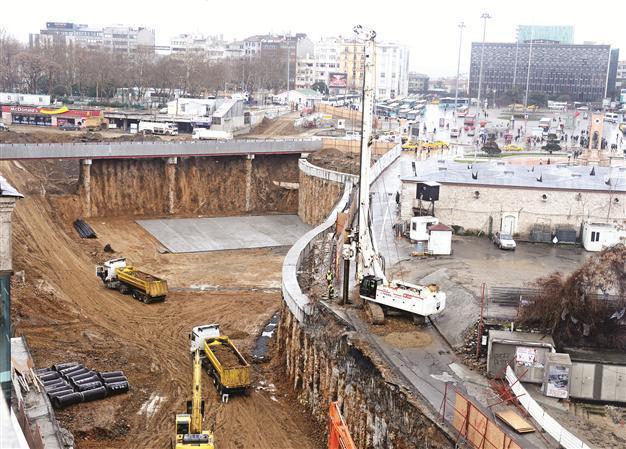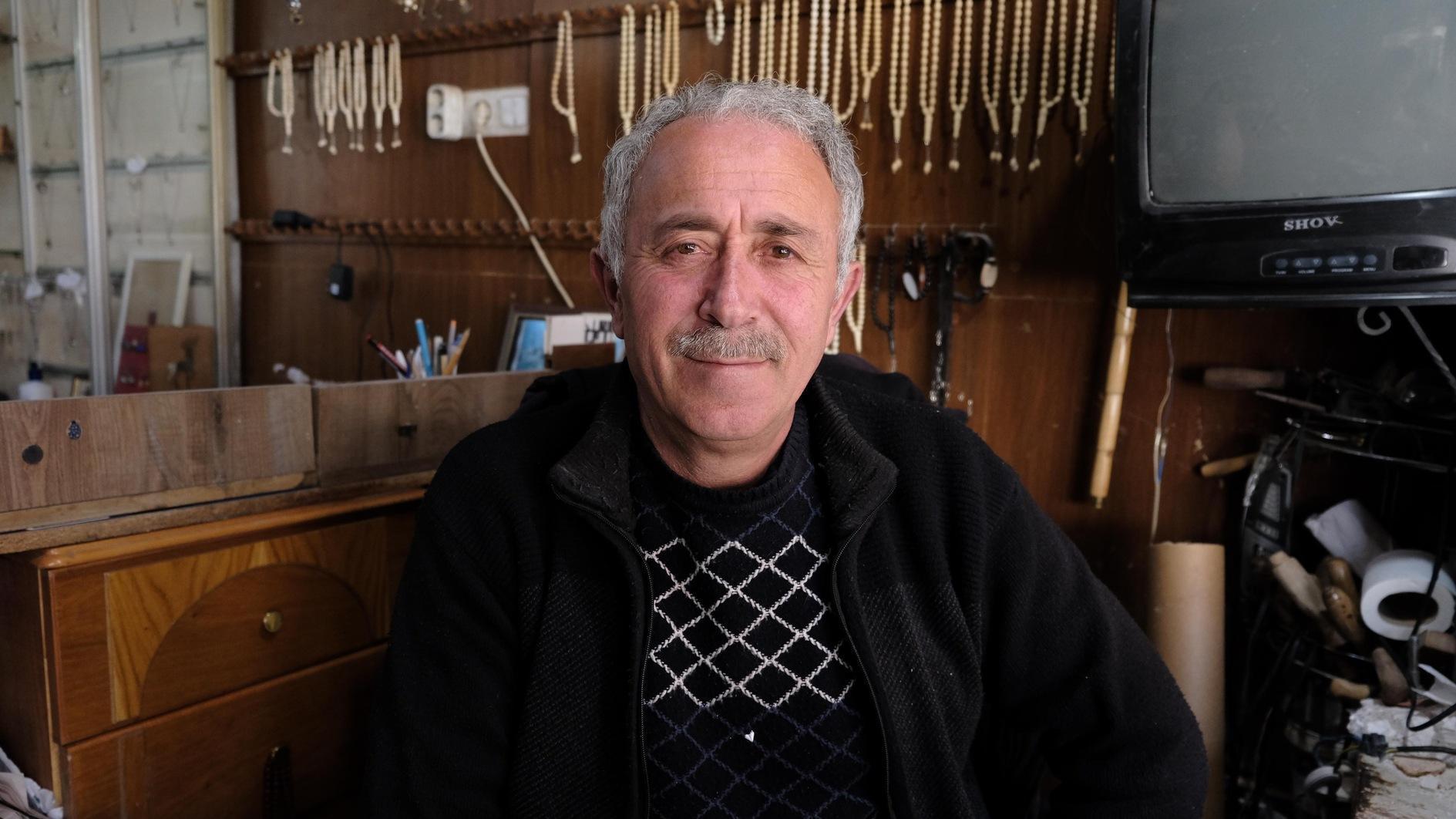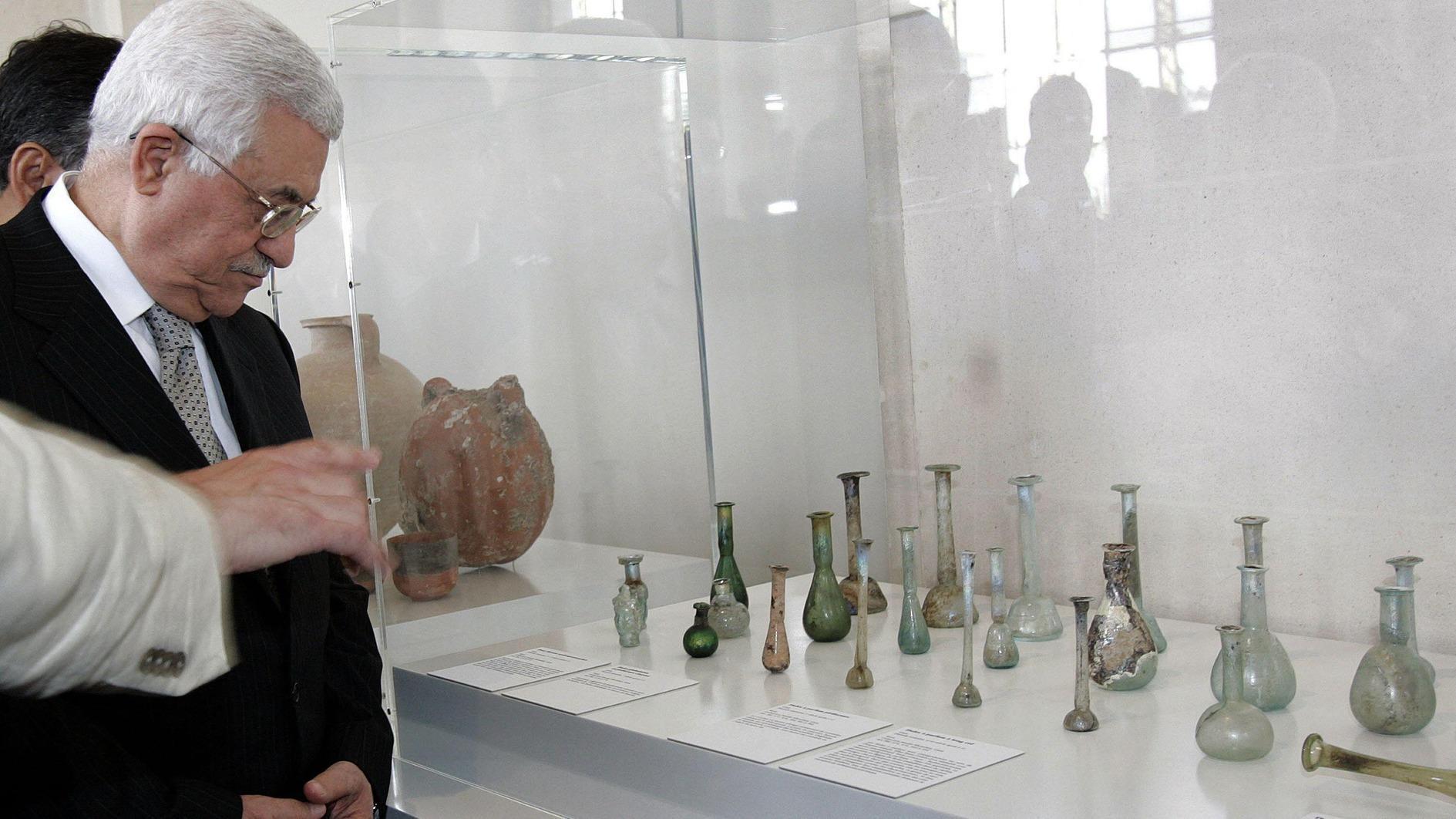Taksim excavations reveal historic Ottoman structures
ISTANBUL - Anatolia News Agency

According to the project, five tunnels will approach Taksim from every direction except Istiklal Avenue. The remains of newly found water outlets (below) might be of the Taksim Military Barracks.
Excavations continuing as part of the project to pedestrianize Taksim have revealed two water outlets 80 centimeters in diameter from the late Ottoman period, halting work in the area.Istanbul Culture and Tourism Director Ahmet Emre Bilgili issued a statement that the historical remains were 60-70 meters below the asphalt, adding that he and Istanbul Archaeology Museums Director Zeynep Kızıltan inspected the excavation area.
“First observations have shown that there are two possibilities. This water outlet might be of the Taksim Military Barracks. Or it may be a water outlet of Maksem, which provided water to Istanbul 40-50 years ago. The Protection Committee reporters came to the area with us and kept reports. According to the decision of the committee, the Archaeology Museums will continue working. This finding does not prevent the general work in Taksim. We will do our best to accelerate the process for a decision,” Bilgili said.
Noting that the water outlets were from the late Ottoman period between 1800 and 1900, he added, “Work has been locally halted at the moment but other work continues. An archaeologist is observing the area at all times. We will not let any cultural artifacts get damaged.” He also said that they could not yet estimate where the water outlets reached.
‘No surface survey made with GPR system’
A statement made by the Taksim Platform said the existence of the Maksem water delivery system was known by almost everyone, including the city administration.
The water outlet was also mentioned in books prepared by Professor Kazım Çeçen and printed by the Istanbul Metropolitan Municipality, and are a part of an important and well-known water system, according to the statement, which read:
“The excavations and construction, which were kicked off without making a surface survey with the Ground Penetrating Radar (GPR) system, damage history because the construction is hurried and should be finished before local elections. This is why the construction has been out to tender even without waiting for the decision of the committee. Not only are the most beautiful streets of Istanbul and the last green areas in the city center [destroyed], but also Ottoman artifacts are being destroyed with the construction. The construction continues for the sake of unearned income and continues destroying historic texture and soul. The situation is an urban scandal. The project is not acceptable in terms of modern town planning.”
The statement also claimed that the project has been carried out with a highway construction method, and at least should be developed and managed with different views considering various conservation priorities.
The pedestrianization project in Taksim Square has been ongoing since Nov. 5 of last year despite objections from civil society organizations and academics. The project aims to close the square to vehicular traffic, which would flow through underground tunnels.
According to the plan, five tunnels will approach Taksim from every direction except Istiklal Avenue. For more than 100 meters in each direction outside the square, pedestrians will have to walk on single-width sidewalks.
The Cultural Assets Preservation Board approved the tunnels at Cumhuriyet and Tarlabaşı avenues, which constitute the first stage of the project. After the approval, the street was closed to traffic and secured with wooden panels. Power lines, water and natural gas pipes have been relocated.
















